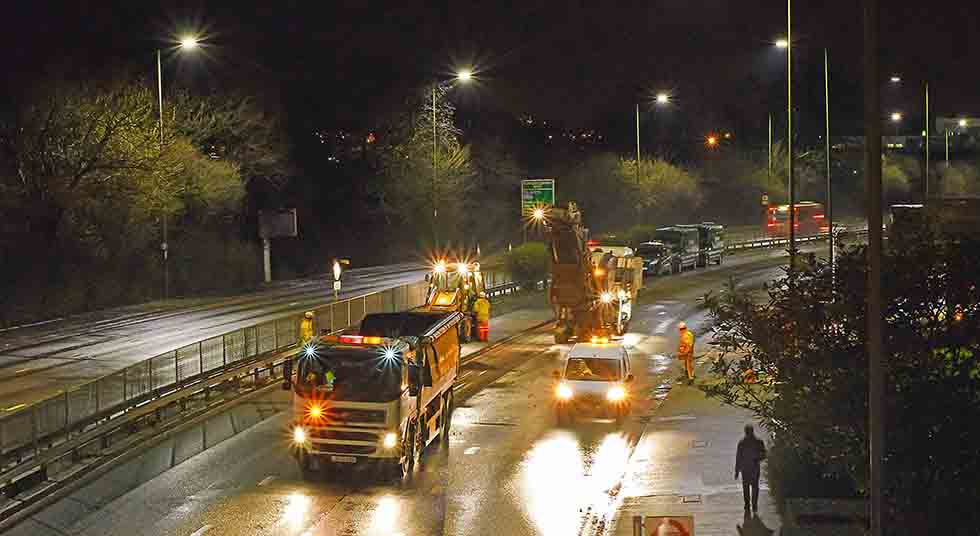FM Conway’s team took the opportunity of the planned lane closures to install additional cross beams, lifting the bridge by 600mm. Larger lorries can now use this stretch of the A406, providing a significant boost to business in the area.
“Due to the strategic location of the scheme and the potential disruption it would cause, great care was needed to respect the specific needs of all stakeholder groups,” says Tom. “Access to the doctor’s surgery at the local Brentfield Medical Centre, for example, was affected by the works, so we put special measures in place to enable doctors to get in and out quickly in a medical emergency.”
Challenges and Solutions
In addition to the logistical challenges associated with a busy programme of multiple works, there were several complex engineering issues to contend with.
The Dog Lane Arches is located immediately above both the Jubilee and Metropolitan lines, and London Underground needed assurance that the track lines below would not be damaged by overloading the road. The solution came in the form of truck-mounted HIAB units. Lighter than standard cranes, these units allowed the team to move heavy materials into place without breaching weight limits.
Weather conditions during the project added challenges. Although unseasonably dry weather in the lead up to Christmas helped speed up the concrete and waterproofing works, the high winds experienced during this time created problems for the Iron Bridge works.
Tom explains: “On two occasions we had to abort weekend works on the bridge for safety reasons. However, because we had been able to deliver concrete and waterproofing work quickly, we were still able to complete that phase of the project on time overall.”
.jpg)
